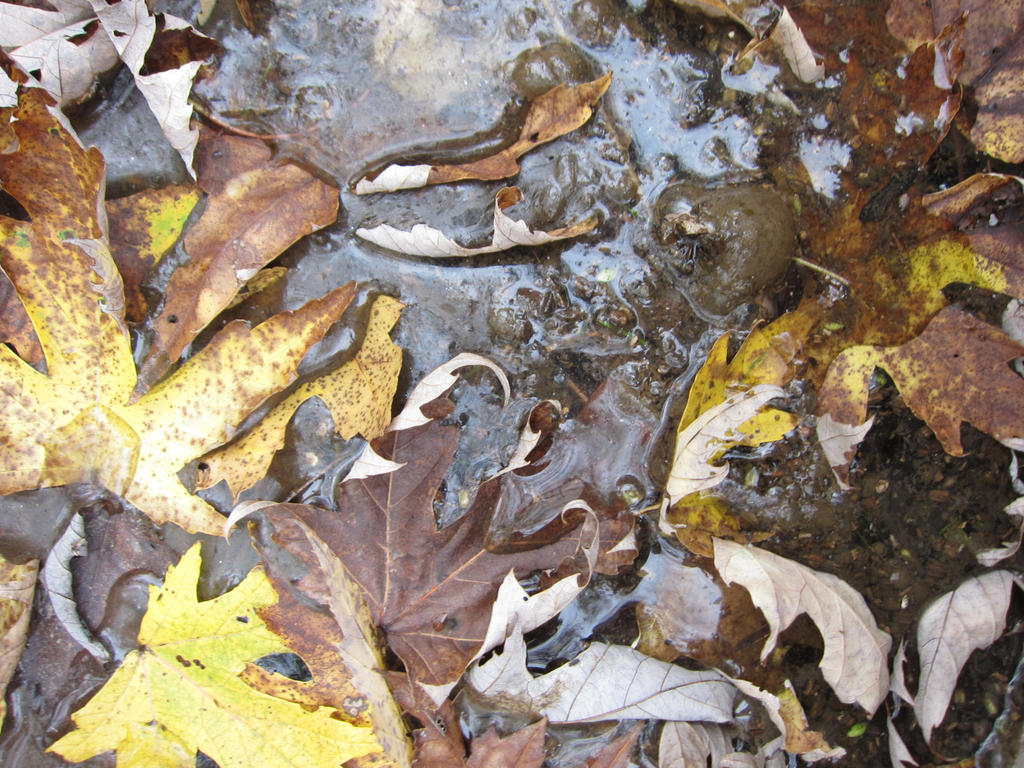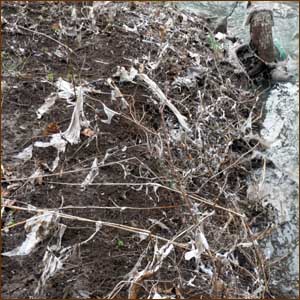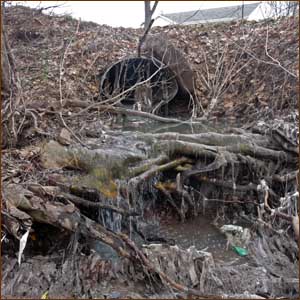The Greater Hartford region, like many regions in New England, has been experiencing raw sewage entering local streams, rivers, and waterways when it rains. Sewer pipes in the greater Hartford region, portions of which are over 150 years old, are currently designed to carry both raw sewage and stormwater to treatment plants. The problem is the system can’t handle the volume when it rains. When the treatment plants reach capacity, the excess stormwater and sewage dump into local rivers and waterways, including the Park & Connecticut Rivers and Wethersfield Cove. The existing system was also designed for a much smaller population than currently lives in the area.

“It only takes one quarter of an inch of rain to overwhelm the sewer system,” says Jacqueline Talbot, Connecticut River Watershed Council’s (CRWC) CT River Steward. “In an average year, this causes sewage to back up into basements & homes, streets, and rivers over 50 times a year. If we don’t fix it now, the problems will only get worse and much more expensive to fix,” notes Talbot.

The Metropolitan District Commission (MDC) is asking voters in member towns – Bloomfield, East Hartford, Hartford, Newington, Rocky Hill, West Hartford, Wethersfield, and Windsor – to approve funding for Phase II of the Clean Water Project to continue efforts to resolve these issues. The first phase of this project has been on time and on budget. Phase II of the work is projected to cost $800 million dollars. That’s a lot of money, but an average household will only see an increase of less than $50 each quarter on their bill. “This is a worthwhile investment for cleaner rivers and a healthy, vibrant community,” says Talbot.

Your investment will help eliminate sewage backups into basements, get toxics and harmful bacteria out of our rivers, and continue to add economic value to our communities. CRWC urges residents to protect the health and economic viability of our local rivers by voting in support of the Clean Water Project on Tuesday, November 6.
Many residents have already spoken in support of this project. See what your neighbors have to say in this video.
To learn more about how this project will protect local rivers visit www.ctriver.org/cleanrivers. To learn more about what this project will mean for your town visit www.voteyesforcleanwater.com.
Today’s guest post is written by Angela Mrozinski, outreach & events director for the Connecticut River Watershed Council
